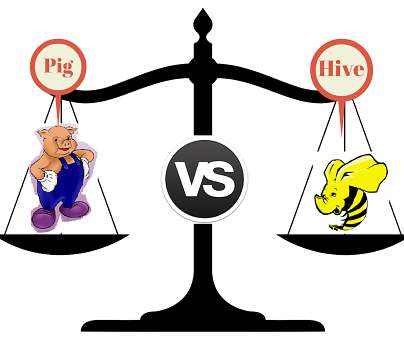Difference between Pig and Hive-The Two Key Components of Hadoop Ecosystem
ProjectPro
OCTOBER 15, 2014
Just before we jump on to a detailed discussion on the key components of the Hadoop Ecosystem and try to understand the differences between them let us have an understanding on what is Hadoop and what is Big Data. What is Big Data and Hadoop? Hive Hadoop has gained popularity as it is supported by Hue.












Let's personalize your content